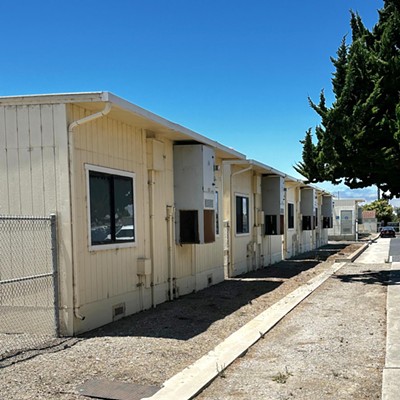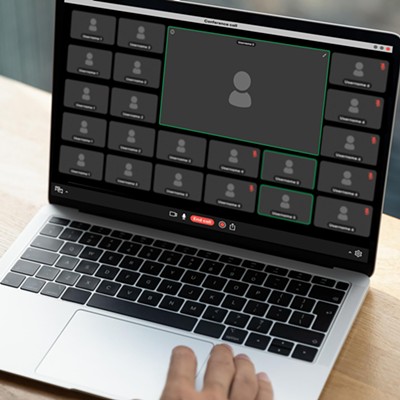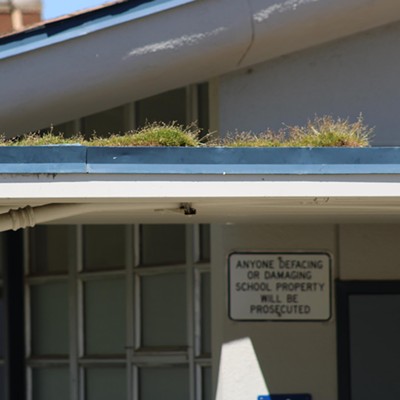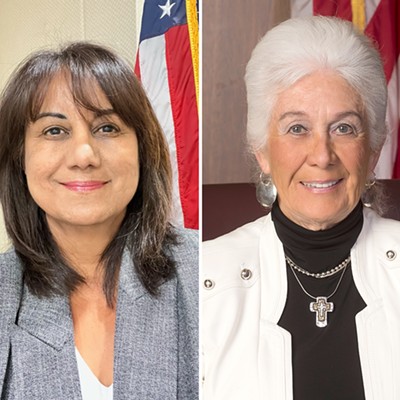Since the COVID-19 pandemic, student anxiety, depression, and substance abuse levels have grown increasingly more prevalent and severe, according to Emma Fay, program coordinator for Community Action Partnership of San Luis Obispo’s (CAPSLO) Teen Wellness Program.
“We’re kind of in this crisis and critical moment where we need to recognize that your mental health matters, that the conditions are common and they’re treatable,” she said. “But they’re only treatable if people are talking about it.”
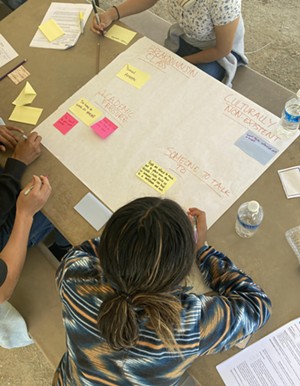
That’s where a $966,395 grant from the California Community Schools Partnership Program will come into play. The funding will be used to fill gaps in mental health awareness within San Luis Obispo and northern Santa Barbara counties’ high schools. Efforts will include hiring student ambassadors and community educators through funding that will be dispersed over a 27-month period that started in July.
For more than 25 years, the Teen Wellness Program has provided students with sex education and mobile reproductive health clinics. The program has evolved over that quarter of a century as well. It’s now more youth-led and student-focused with additional resources for mindfulness, mental health, and healthy relationships, Fay said.
The members of the Teen Wellness Program know there’s a mental health crisis among students, but they also know there’s an underlying stigma around finding and asking for help. If the program can start supporting students from an earlier age and educate them about mental health and wellness, future generations will be more comfortable speaking about mental health and asking for help.
Currently, nearly every high school within SLO and northern Santa Barbara counties has a wellness center run by school staff that is supported by the Teen Wellness Program. While these have proven to be successful resources for students, the program intends to make the centers better with more partnerships throughout the community.
“Mental health is such a big and complex issue. It’s going to take partnership; I don’t think schools can do it on their own. I don’t think a community-based organization can do it on their own,” she said. “Everyone has a responsibility to play. We all collectively have to come together.”
With the new funding, the Teen Wellness Center is recruiting a team of student ambassadors ranging in ages from 13 to 18. The students will be paid to dedicate three hours a week to the program and report prominent issues they see among their peers.
Fay said the ambassadors don’t need to have leadership experience, per se, but they do need to have an eagerness to contribute.
“Someone who’s kind of empathetic, compassionate, and wants to bring their ideas to the space,” she said.
The upcoming group of ambassadors will be the organization’s largest yet, as previous years had only one ambassador, Jessica Navarette of northern Santa Barbara County.
“I wanted to be an ambassador because I saw how badly mental health was neglected in the Lompoc area and the Santa Maria area because I went to school in all of those places,” she said.
Navarette said she struggles with mental health as well and noticed her own declining alongside her peers’.
“I noticed how bad [my mental health was] being neglected, and I noticed that the youth get really misunderstood and ignored most times,” she said. “And a lot of communal therapists and mental health services that are out there in the community are really understaffed.”
The Teen Wellness Program resonated with Navarette because the mental health services it provides are easily accessible, where students are every day.
After graduating high school last year, Navarette was promoted to lead ambassador and will work with the incoming ambassadors.
“I hope [the program] keeps going strong, and I hope it can lead to every school having it, because a lot of kids are struggling these days. It deserves attention,” she said.
Funding will also provide new community educators for parents and community members so students can get help outside of school as well.
According to Navarette, many parents don’t see therapy as an option for mental health.
“They hear the word ‘therapy,’ and they associate it with being extremely mentally ill,” she said.
These educators will hold workshops for English- and Spanish-speaking parents to help provide accurate information, guide conversation, and remove the stigma surrounding mental health.
Program Coordinator Fay said they do not view these parents as unsupportive of their children, however.
“I think there’s just a disconnect between parents caring deeply about their own people, but they may have grown up with messages around ‘we just don’t talk about mental health,’ or ‘only people who are crazy get mental health services.’ These are lingering pieces of stigma that now impact their ability to parent and their ability to support their young person,” Fay said.
Teen Wellness Program Manager Jenna Lawrence said these sensitive topics of conversation are not new to the program. In the past, they have provided workshops for parents to ask questions about their children questioning their identity or sexuality.
The program hopes parents will approach mental health with the same curiosity.
“We can imagine maybe something similar going on with mental health and learning, parents requesting how they help their child with stress or anxiety or what those things are,” Lawrence said.
In addition to in-person workshops, the program will also provide methods of digital storytelling for teachers to use in the classroom, providing guided conversations around mental health that can be used for years to come. They also hope to incorporate theater, art, photography, and dance as ways of processing anxiety, depression, and other mental hardships.
Although they are addressing a crisis, Program Coordinator Fay said that is not the only thing the program wants to focus on.
“It’s so easy to get caught in a crisis, but I think we also have to create an equal amount of space for the vision of, well, what does it look like to thrive? What does it look like to have a mentally healthy community?” she said. “We can talk about the problem, but what does it really look like to heal and to hold each other with respect and to reduce stigma around mental health and to create many avenues of coping for people of all ages?”
Reach New Times Staff Writer Libbey Hanson, from the Sun’s sister paper, at [email protected].


